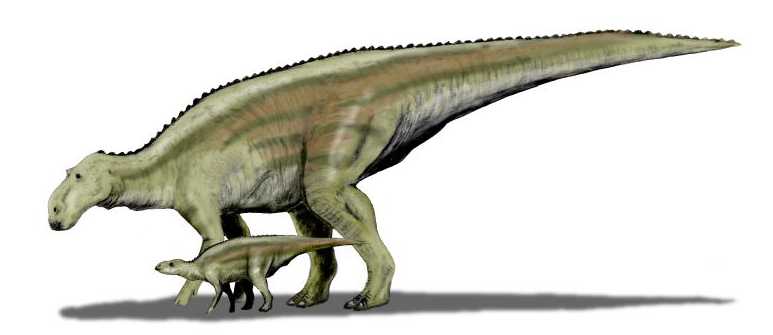The Good Mother Dinosaur
Maiasaura, meaning “good mother lizard,” was a large, herbivorous dinosaur that lived during the Late Cretaceous period, around 76 to 65 million years ago.

| Meaning | Good mother lizard [Maia-saura] |
| Pronunciation | MY-uh-SORE-uh |
| When: | Late Cretaceous (about 76–65 million years ago) |
| Where: | North America (USA, Montana) |
| What: | Hadrosaur (duck-billed herbivorous) |
| Weight: | Estimated around 2.5 metric tons |
| Length: | Approximately 9 meters (30 feet) |
| Diet: | Herbivorous (ate plants and leaves) |
| Discovered: | First described by Jack Horner and Robert Makela in 1979 |
Discovered in Montana, USA, Maiasaura is famous for evidence suggesting that it cared for its young, making it one of the first dinosaurs recognized for parental behavior.
Maiasaura measured about 9 meters (30 feet) in length and weighed around 2-3 tons. It had a flat, duck-billed snout and a strong, bulky body.
This dinosaur lived in large herds, which provided protection against predators.
Fossilized nests of Maiasaura have been found containing eggs, hatchlings, and juveniles, indicating that these dinosaurs returned to the same nesting sites and took care of their babies after they hatched. The discovery of these nesting sites has provided valuable insights into the social behavior and life cycle of dinosaurs, showing that some species had complex, caring behaviors similar to those of modern birds.
